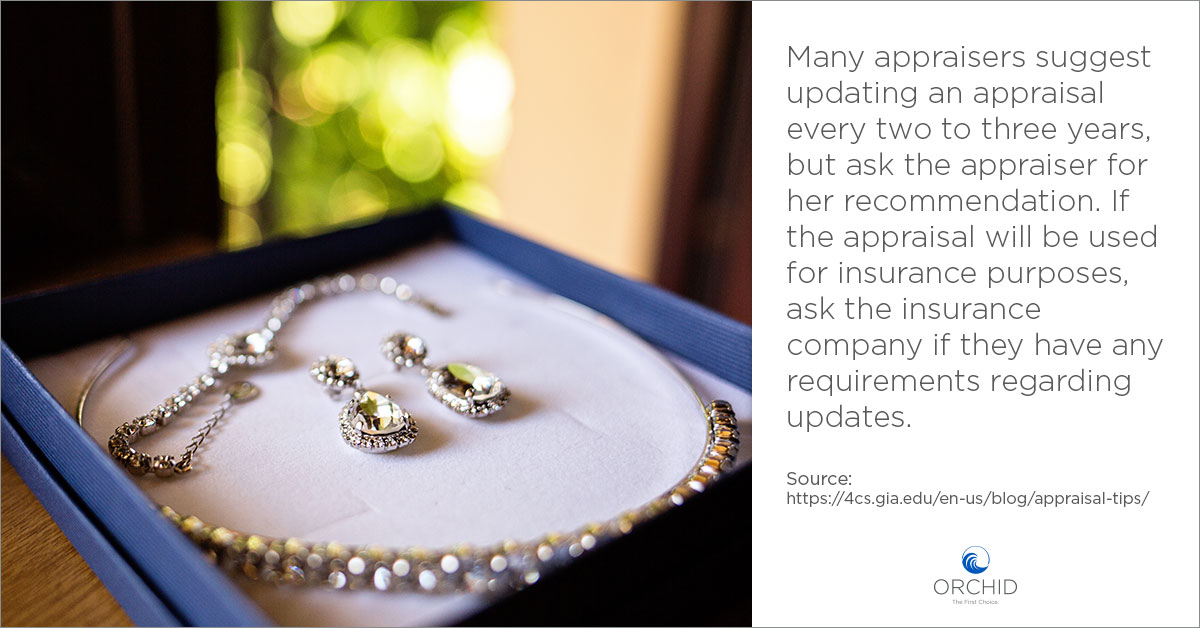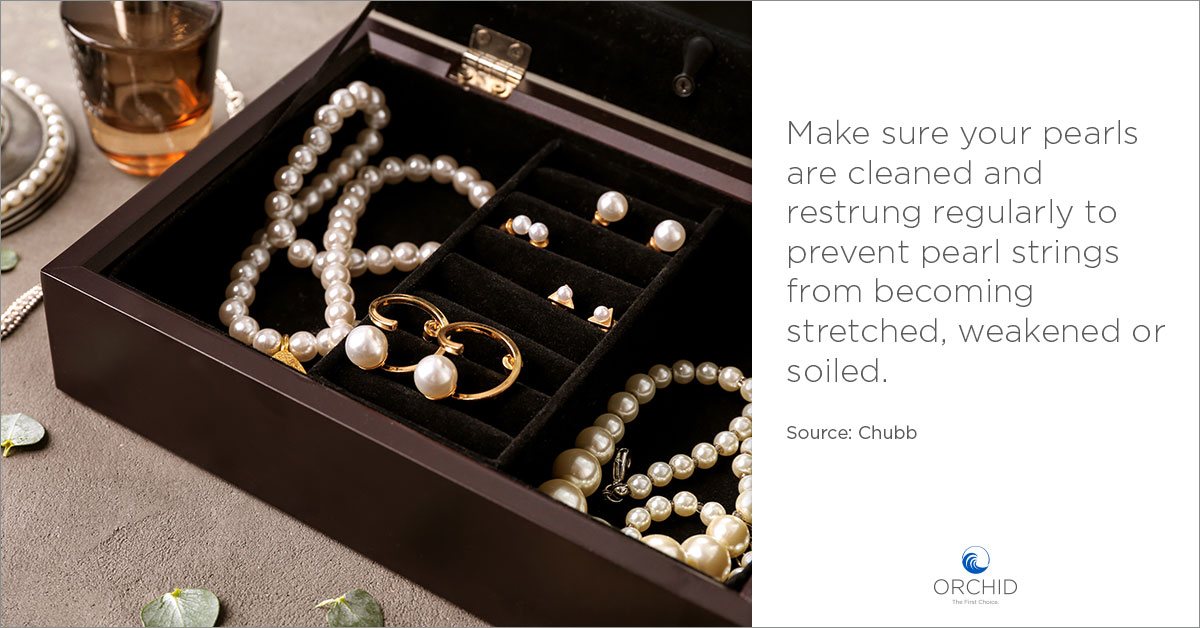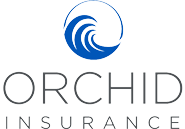When it comes to protecting your jewelry from theft or damage, the more information you have at the time of loss, the better you can cover it.
Chubb covers jewelry items up to 150 percent in most states, which means that if the replacement cost value is more than what you have it insured for, Chubb will insure it up to 50 percent more. Many people are shocked when they find out how underinsured they are. With the sharp rise in gold prices, for instance, a gold band purchased in 2005 when gold’s average price was just over $400, wouldn’t be fully covered even by 150 percent coverage today if the piece hasn’t been reappraised since. This shows just how important regular appraisals are.
Jewelry appraisal
There are a few key elements to a jewelry appraisal. Among them: What type of jewelry is it? What is it made of? What type of gemstones are used and how are they graded?
“The wholesale price of a two-carat diamond ring can vary wildly—from a colorless ‘D’ at $95,400 to an ‘M’ color, highly included stone that wholesales only at only $2,000,” White says. You’ll also want to consider the credentials of your appraiser. “You wouldn’t want a store clerk to appraise your piece. Look for a graduate gemologist or a diamond gemologist,” she says. Also, make sure your appraisal is signed and dated by the appraiser. Rare pieces demand a specialist. And don’t forget, she notes, that appraisers should do a condition check. “Are the prongs loose? Is there a chip in the stone?”

Jewelry insurance
If you want to know what properly insuring your pieces can actually mean, consider this story from White.
“A client of ours had given his fiancée a million-dollar ring and unfortunately the engagement broke off. She returned the ring, but when he had it reappraised, a microscopic chip was found. We took the stone to be recut, which he insisted be done with a stonecutter in Israel. We had Brinks Security courier it to Israel, hand-deliver it to the stonecutter, deliver it back to the airport, where Brinks brought it back.”
All in all, he was able to claim $100,000—the difference in value between what he purchased the ring for and what it was worth after it had been recut.
Daily care
Whether you own a million-dollar ring or jewelry that is far less valuable, we recommend adhering to this jewelry care checklist:
- Storage
Never keep your most valuable items in your bedroom. Purchase a secure home safe that is rated well for fire and theft or keep valuable items in a bank vault. - Travel
When traveling, there’s only two safe options. Either keep expensive items with you at all times or use your hotels safe (not the safe in your room). Never pack jewelry in your luggage or wear it to the pool or beach. - Watches
Replace broken or scratched crystals immediately. Even hairline cracks can let dust and moisture into the watch, compromising its accuracy. Check your watch clasp periodically to ensure a tight connection and prevent accidental loss. - Diamonds
Only use mild detergent or a sudsy ammonia bath when cleaning your diamonds. Never let your diamond touch chlorine bleach, as it can pit and discolor the mounting. Have your prongs and mountings checked annually, since wear and tear can loosen a stone. Store your diamonds separately from other jewelry to prevent accidental scratches. - Pearls
Have your pearls cleaned and restrung regularly to prevent pearl strings from becoming stretched, weakened or soiled. Wipe pearls with a soft cloth after each wearing because over time, perfume, cosmetics, hairsprays, and oils and chemicals on your skin can erode the quality. Store pearls in a soft cloth pouch to protect them from scratches.

- Gemstones
Guard against loose stone settings by having prongs and mountings checked annually. Remove gemstone jewelry while outdoors during intense sunlight or under tanning lamps, to prevent the stone from fading. Always discuss specific care and cleaning procedures with your jeweler, because every gemstone is different.


